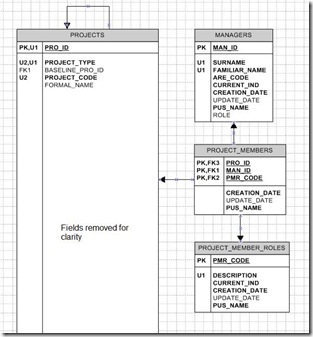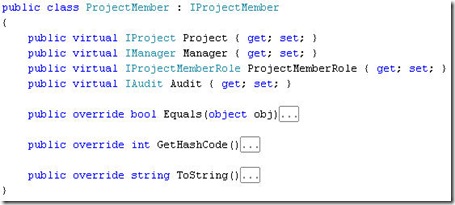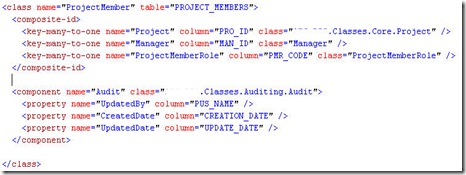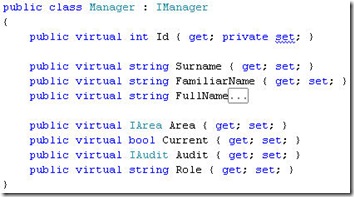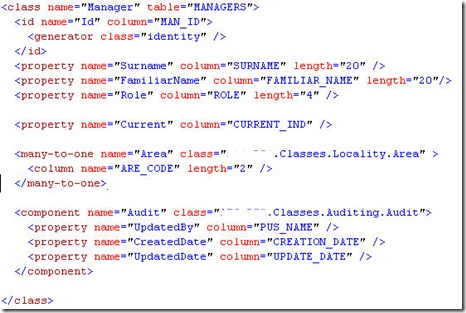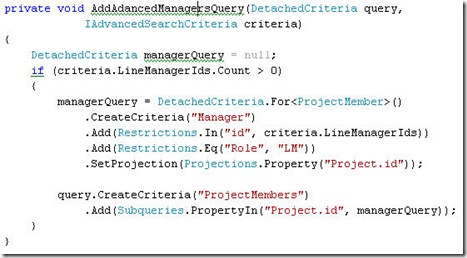One of the reasons I have been very quiet on the blog is I have been extremely busy launching the Gemini Mail Box Processor tool. It is an add-on to Countersoft’s Gemini Issue Tracking / Project Management tool whereby you can submit issues and comments via your email account.
They have a basic version which will allow you to create only new issues from a pop3 box and even then you have to pre-specify the issue type, component etc. So if you think this is restrictive, GMBP should be a breath of fresh air for you.
GMBP will create new issues and also comments from the inbox; let’s take both in turn.
New issues
When a new email arrives, it is imported, along with attachments, into the GMBP database. From here, it is processed into Gemini. This process is complex and will try a variety of comparisons to ascertain the correct Project, Component, Issue Type, Priority, Reporter etc. The first thing it will try is to Smart Match the email against the Gemini data. Comparing text in the subject and body it will predict the most suitable values based on the content of the email. If it fails to find a [unique] match, then it will resort to the defaults set per project, and/or pick the first item (eg component) from the list. These are all based on the GMBP settings.
A failed match will be put into Pending state for review. Adding text to the subject (such as a component name) will ensure pending emails can be processed accurately.
New Comments
Unlike the built in Gemini processor, GMBP will allow comments to be created from the email. If it contains a gemini project code (eg [ACME-23]) in the subject line, then it will be treated as a comment and attached as a comment to Issue 23. This is actually a simple case, as no matching is required, it is merely appended as a comment to the issue Id specified.
Other Features
Truncation
Truncation is another cool feature of GMBP. Email threads can become very long and cumbersome and the last thing you would want is pages of Gemini issue with entire email threads. Truncation will truncate the email at various points with the option of including the full contents as an attachment – so nothing is lost!
GMBP will automatically truncate text above it’s ----Please reply above this line----- marker, but you can include others. Regular expressions and fixed values can be searched and truncated at that point. For example, you could add an expression for ‘From : support@domain.com’ which could be the top line that appears when people reply to the Gemini notifications. Then, only the actual content of the email will appear in Gemini.
Security
If this was not exciting enough, there is more. GMBP comes with an administration website, and only those people in Gemini Administrators security group (or another group you specify) can access the website. Furthermore, there are options of Blacklisting certain email addresses (again specific, or regular expression) to prevent matches being able to post into Gemini.
Convenience
Since it is possible that people have many email addresses, such as a work and home email, they might want to make requests to Gemini from any email. It is possible to set up aliases to link numerous email accounts to their Gemini account. Irrespective of which email address the issue is received from, it will still end up being reported from the aliased Gemini account.
Also, Out of Office reply notifications can be configured to be ignored; preventing pointless issues being created.
Summary
If you need to get an Issue Tracker / Project Management application, then I would fully recommend Gemini from Countersoft as a serious contender. Combined with the GMBP I don’t think there is much extra you would want!
